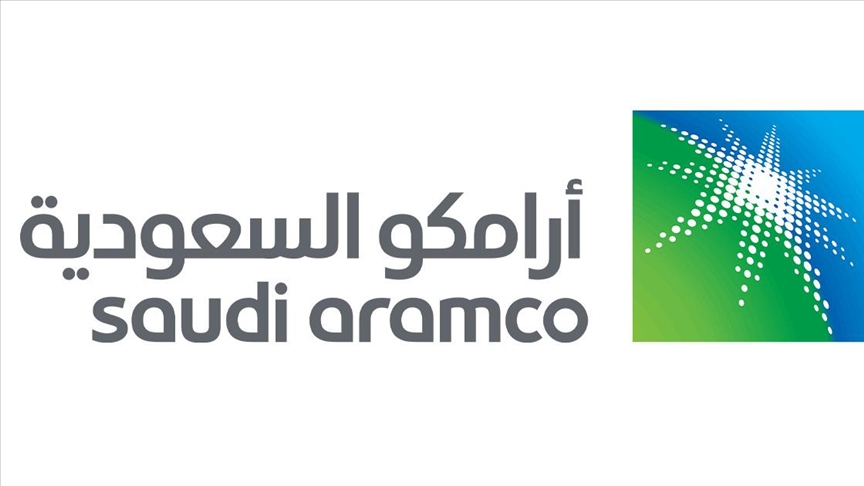SAUDI ARABIAN Oil Co. (Aramco) reported Sunday its biggest annual net income as a listed company with earnings of $161.07 billion (SAR 604.01 billion) in 2022, driven by pricier crude oil.
The figure represented a 46.5 percent increase from the $110 billion the primarily state-owned giant registered in 2021, it said in a press release. Last year’s profits spiked “predominantly due to the impact of higher crude oil prices and volumes sold, and stronger refining margins”, Aramco said in a disclosure on the Saudi Exchange bourse.
Brent petroleum, a global benchmark, averaged $100.93 a barrel last year from $70.86 in 2021 and $41.96 in 2020, while USA standard West Texas Intermediate averaged $94.9 in spot price from $68.13 in 2021 and $39.16 in 2020, according to the U.S. Energy Information Administration (EIA). The spot price of natural gas at U.S. benchmark Henry Hub averaged $6.45 per million British thermal units in 2022, the highest yearly average since 2008, according to a chart posted on the EIA site.
Aramco reported an average hydrocarbon production in 2022 of 13.6 million barrels of oil equivalent per day, 11.5 million barrels of which were total liquids. It collected $533 billion (SAR 2 trillion) in revenue, up by 49 percent from 2021. Aramco declared a $19.5-billion dividend for the fourth quarter of 2022 as a result of the record net earnings. That was 4 percent higher than the previous quarter, and will be paid in the first three months of 2023, it said.
Environmental Sustainability
Aramco president and chief executive Amin H. Nasser said in the earnings report the “foreseeable future” will continue to depend on fossil fuels, but added that the company is not only focusing on expanding the production of oil, gas and chemicals. Aramco, he said, has also been investing in lower-carbon technologies.
“Given that we anticipate oil and gas will remain essential for the foreseeable future, the risks of underinvestment in our industry are real — including contributing to higher energy prices. To leverage our unique advantages at scale and be part of the global solution, Aramco has embarked on the largest capital spending program in its history, and last year our capex rose by 18.0 percent to reach $37.6 billion,” he said, referring to capital expenditure (capex).
“Our focus is not only on expanding oil, gas and chemicals production but also investing in new lower-carbon technologies with the potential to achieve additional emission reductions — in our own operations and for end users of our products”.
The energy behemoth, the world’s number two company behind Apple based on stock market value, has pledged “operational net-zero” carbon emissions by 2050. Aramco announced last October a $1.5-billion “Sustainability Fund” to “invest in technology that can support a stable and inclusive energy transition”, including carbon capture and storage.
Operational Highlights
Besides making progress in the building of new facilities at home, Aramco last year entered international partnerships.
A deal with France’s TotalEnergies provides for the construction of a petrochemical complex in Saudi Arabia to support an existing refinery. Aramco also said it will participate in the development of an integrated refinery and petrochemical complex in China with a plan to supply 210,000 barrels of raw oil per day to the feedstock.
It is set to complete the acquisition of USA-based Valvoline Global Products for $2.65 billion this month to expand its lubricants portfolio, while it completed three transactions with PKN ORLEN, a refiner and fuel retailer based in Poland. Aramco gained equity stakes of 30 percent in a 210,000-bpd refinery as part of the PKN ORLEN pacts.
- By Jov Onsat|Rigzone Staff
To contact the author, email jov.onsat@gmail.com


